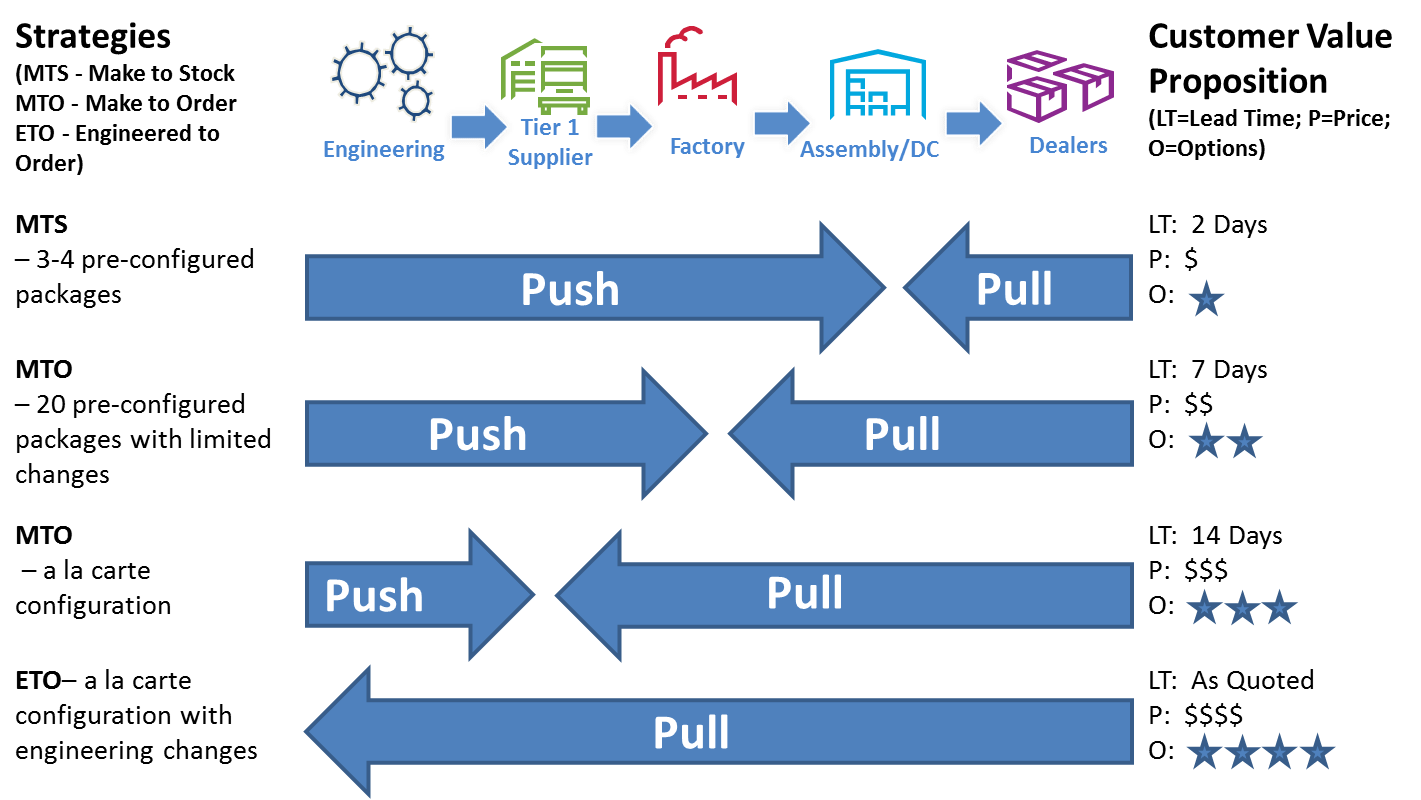Trump And Powell's Economic Summit At The White House

Table of Contents
The Context of the Trump-Powell Summit
Pre-Summit Economic Climate
The Trump-Powell summit took place against a backdrop of significant economic uncertainty. The period leading up to the meeting was characterized by several key factors that heightened the stakes considerably.
- Escalating Trade Wars: The ongoing trade disputes, particularly with China, significantly impacted global supply chains and created inflationary pressures. These trade wars contributed to market uncertainty and dampened investor confidence.
- Inflationary Pressures: Rising inflation rates fueled concerns about the Federal Reserve's ability to maintain price stability without triggering an economic downturn. The trade war, coupled with robust economic growth, contributed to these inflationary pressures.
- Market Volatility: The combination of trade tensions and inflation concerns led to significant volatility in the stock market and other financial markets, creating a climate of anxiety among investors. Uncertainty about the future direction of economic policy exacerbated this volatility.
- GDP Growth Concerns: While GDP growth remained positive in the period leading up to the summit, concerns existed about its sustainability given the challenges posed by trade disputes and other global economic uncertainties.
President Trump's Stance on Monetary Policy
President Trump consistently criticized the Federal Reserve's monetary policy, particularly its interest rate hikes. He argued that these actions were hindering economic growth and harming his administration's economic agenda.
- Calls for Interest Rate Cuts: Trump repeatedly urged the Fed to lower interest rates, believing that such a move would stimulate economic growth and boost the stock market. He publicly expressed frustration with what he perceived as the Fed's slow response to his calls.
- Criticism of Quantitative Easing: While not explicitly stated, Trump's focus on rapid economic expansion implied a preference for more aggressive monetary easing measures, perhaps similar to the quantitative easing policies employed in the aftermath of the 2008 financial crisis.
- Concerns about Federal Reserve Independence: Trump's vocal criticism of the Fed's actions raised concerns about his respect for the central bank's independence. His public pressure on the Fed chair sparked debate about the appropriate boundaries between political influence and central bank autonomy. This was seen by many as an unprecedented level of political pressure on an independent institution.
Key Discussions and Outcomes of the Summit
The Agenda and Participants
The agenda of the Trump-Powell summit covered a range of critical economic issues. While the exact details remained confidential, discussions likely focused on:
- Monetary Policy Discussion: The central focus of the meeting was likely on the Federal Reserve's interest rate policy and its impact on economic growth and inflation. This included conversations about the appropriate pace and magnitude of future interest rate adjustments.
- Economic Growth Strategies: The summit aimed to explore strategies to promote sustainable economic growth, potentially encompassing discussions on fiscal policy, infrastructure investments, and regulatory reforms.
- Trade Negotiations: The ongoing trade disputes undoubtedly formed part of the conversation, given their significant impact on the overall economic climate and investor confidence. The potential impact of trade policies on economic growth and inflation was likely a significant discussion point.
- White House Meeting Participants: Beyond Trump and Powell, the meeting likely included key economic advisors from both the White House and the Federal Reserve, providing a range of perspectives and expertise.
Powell's Response and the Fed's Position
Powell's response to Trump's criticisms was measured, emphasizing the Fed's commitment to its mandate of price stability and maximum employment.
- Federal Reserve Response: The Fed reiterated its commitment to making independent decisions based on economic data and its assessment of the current situation. They defended the need for their existing monetary policy given the available data, and attempted to allay some of Trump's concerns without compromising their autonomy.
- Interest Rate Decisions: While the summit didn't directly result in immediate interest rate changes, it clearly influenced the ongoing policy debate within the Fed. The discussions may have informed future interest rate decisions, although the Fed maintains its independence in making those calls.
- Inflation Control: The Fed emphasized its commitment to controlling inflation and maintaining price stability, even if it meant slowing economic growth somewhat. This underscored their focus on maintaining the long-term health of the economy.
- Price Stability: Powell likely reiterated the Fed's commitment to achieving price stability, highlighting the importance of avoiding inflationary pressures that could erode purchasing power and create instability.
Market Reactions and Long-Term Implications
Immediate Market Response
The Trump-Powell summit generated immediate reactions in financial markets.
- Stock Market Reaction: The stock market initially reacted positively to the summit, suggesting that investors were hopeful for a resolution to the tensions between the President and the Federal Reserve. However, these gains were short-lived, highlighting the persistent underlying uncertainties.
- Bond Yield Fluctuations: Bond yields, which reflect investor expectations for future interest rates, experienced some volatility following the summit, reflecting uncertainty about the future direction of monetary policy.
- Market Volatility: The immediate aftermath saw a temporary decrease in market volatility, possibly indicating a sense of relief from the previously tense situation between the President and the Fed. This was short-lived as other issues continued to influence market sentiment.
- Investor Sentiment: Investor sentiment improved somewhat in the short term, but this remained fragile given the continuing uncertainties regarding trade policies and the economy.
Long-Term Economic Effects
The long-term consequences of the Trump-Powell summit are complex and difficult to predict.
- Long-Term Economic Outlook: The summit's long-term impact will depend on a number of factors, including the future trajectory of interest rates, the resolution of trade disputes, and the overall state of the global economy.
- Global Economic Impact: The summit’s outcome and its effects on US economic policy have global implications, potentially affecting international trade and financial markets. The US economy plays a significant role in the global economy and any shifts in its policy direction can have ripple effects worldwide.
- Future Monetary Policy: The summit highlighted the ongoing tension between political pressure and the central bank's independence in setting monetary policy. This could lead to further debate and discussion on the importance of central bank independence and its role in maintaining macroeconomic stability.
- Economic Recovery: The success of any economic recovery depends on a variety of factors including domestic and international cooperation and stability. The summit served as a significant moment in the ongoing attempts to shape economic policy and its likely effects on the future recovery.
Conclusion
The Trump-Powell Economic Summit was a significant event, highlighting the complex interplay between the White House and the Federal Reserve. While the immediate market reaction was somewhat positive, the long-term implications remain uncertain and depend on several factors. The summit underscored the importance of understanding both the political and economic factors shaping US monetary policy. To learn more about the Trump Powell Economic Summit and its lasting effects on the US and global economy, further research is crucial. Search for more information on related keywords like Trump economic policies, Federal Reserve policy, and US economic outlook to gain a deeper understanding of this critical juncture in US economic history.

Featured Posts
-
 Fentanyl Toxicity Report Released On March 26th Princes Death
May 31, 2025
Fentanyl Toxicity Report Released On March 26th Princes Death
May 31, 2025 -
 Pollution Sanofi L Entreprise Repond Aux Accusations De Rejets Toxiques
May 31, 2025
Pollution Sanofi L Entreprise Repond Aux Accusations De Rejets Toxiques
May 31, 2025 -
 Cleveland Guardians Opening Day A Look Back At The Weather
May 31, 2025
Cleveland Guardians Opening Day A Look Back At The Weather
May 31, 2025 -
 Building The Good Life Practical Steps For Fulfillment
May 31, 2025
Building The Good Life Practical Steps For Fulfillment
May 31, 2025 -
 Le Rythme Des Mers Et Oceans Festival De La Camargue A Port Saint Louis Du Rhone
May 31, 2025
Le Rythme Des Mers Et Oceans Festival De La Camargue A Port Saint Louis Du Rhone
May 31, 2025
